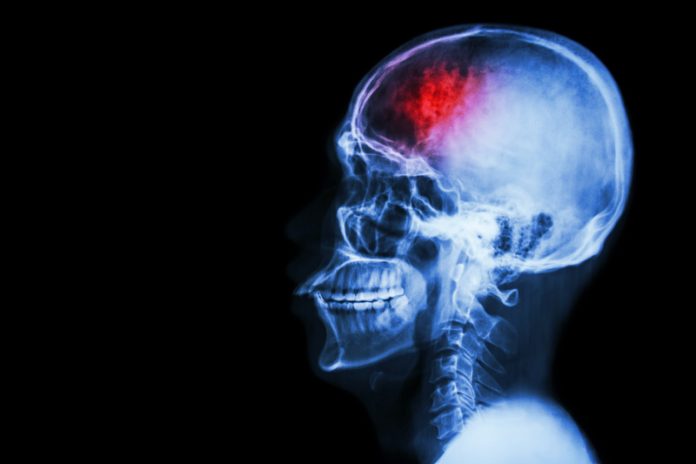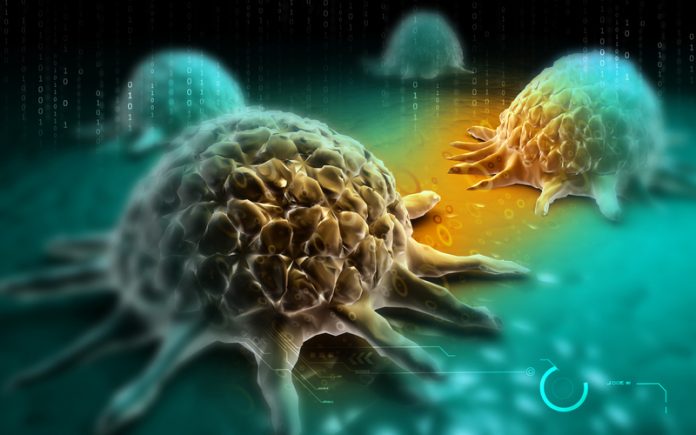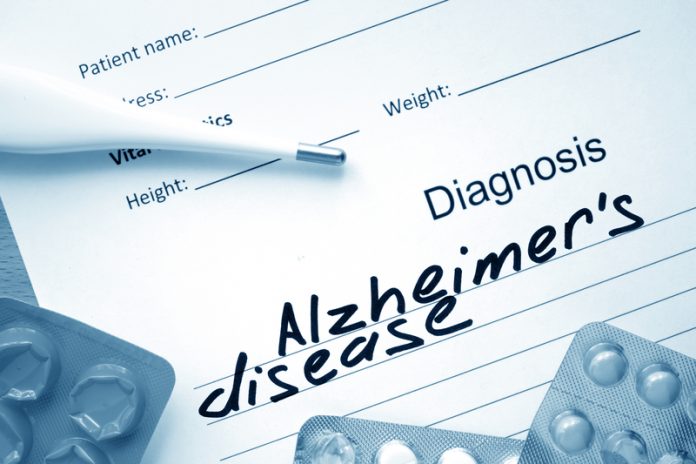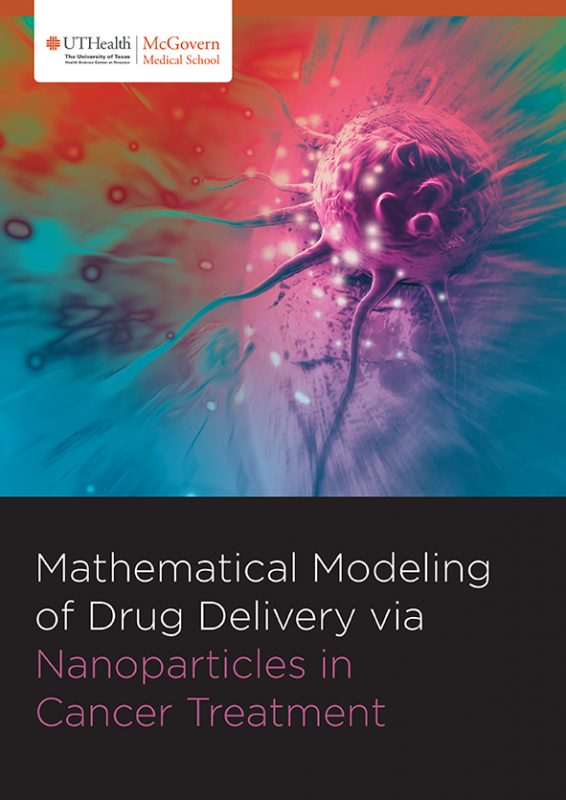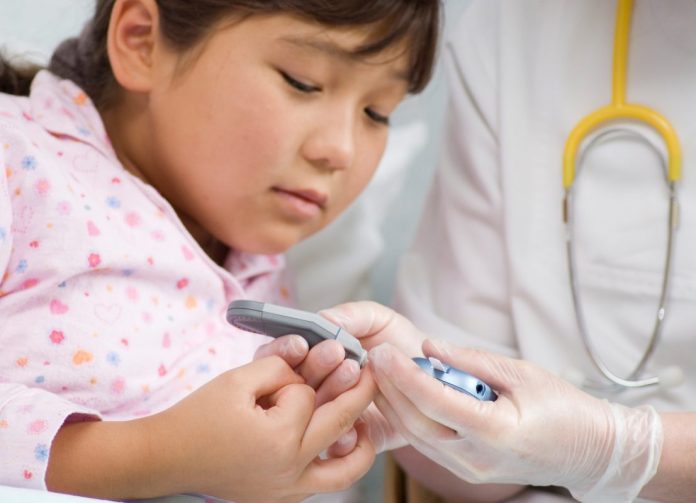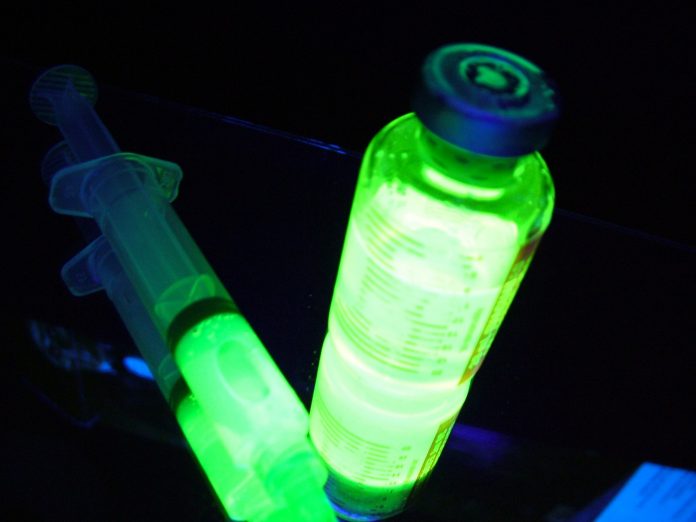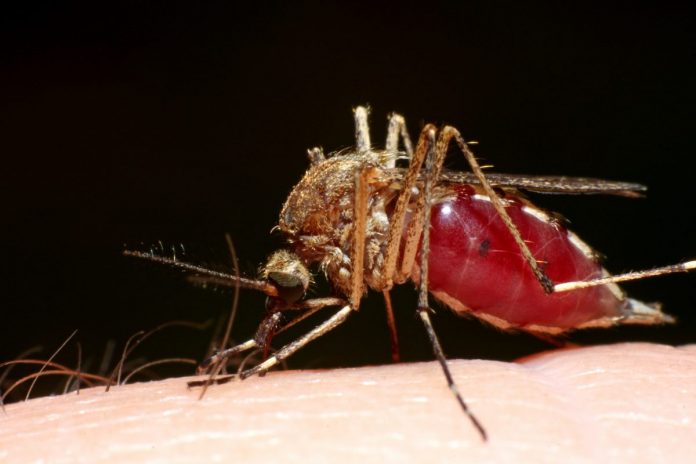Home Search
red blood cell - search results
If you're not happy with the results, please do another search
Why non-coding RNA research for cancer is key
Jo Vandesompele, Chief Scientific Officer at Biogazelle, outlines how non-coding RNA research for cancer can help develop a more targeted treatment approach
DNA is the hereditary code that is passed on from parents to their children. Every cell inside our body has the same code that contains the blueprint of...
Stroke and neuroplasticity: A multiscale insight
After a stroke, neuroplasticity contributes to spontaneous recovery; exactly how, Professor Francesco Pavone and colleagues are investigating
Cerebral stroke often leaves victims with significant psychical and physical impairments – from vision problems to aphasia and motor deficits. It is the number one cause of adult disability worldwide, and have a...
A spatio-temporal mathematical model for cancer
Zhihui Wang1,2 and Vittorio Cristini1,2 outline how they have developed a model to help predict cancer treatment outcomes…
The physical properties of a tumour’s microenvironment influence a drug’s ability to penetrate and kill tumour cells. Some of these properties can be potential obstructions to drug diffusion, increasing the tumour’s resistance...
Placing education, research and innovation at the heart of Ireland
Dr. Ana Terrés, Director of Research Support at Dublin City University (DCU), looks at how DCU innovates for societal impact and contributes to Ireland’s economic recovery…
Dublin City University (DCU) is a young and dynamic university which aims to have an impact on Irish society, not only by placing...
Linking Alzheimer’s disease, diabetes and nutrition
Ai-Ling Lin, Ph.D, Assistant Professor, Sanders-Brown Center on Aging, University of Kentucky discusses Alzheimer's disease and the link to diabetes and nutrition...
Alzheimer’s disease (AD) is the most common form of dementia in those over the age of 65, and currently ranked as the sixth leading cause of death in the United...
Can data address the burden of childhood cancer?
Véronique Terrasse, Press Officer at the International Agency for Research on Cancer (IARC), outlines to AG how high-quality data is critical for tackling childhood cancer globally…
Although cancer in children is rare, it is a significant cause of mortality. Each year, an estimated 80,000 children worldwide die from cancer before...
Mathematical Modeling of Drug Delivery via Nanoparticles in Cancer Treatment
Cancer is a complex and heterogeneous disease. Despite all efforts to fight cancer, it continues to impact every segment of society. For example, many patients fail conventional cancer therapies, including chemotherapy, radiation, and surgery; and it is still difficult for physicians to predict a treatment outcome with certainty.
Improving diabetes control in England
Dr Justin Warner, Clinical Lead for the National Paediatric Diabetes Audit at the Royal College of Paediatrics and Child Health details how continued improvements in diabetes care for children is needed in England and Wales…
According to latest statistics, the outcomes for children and young people with type 1 diabetes...
Platelets in hemostasis and thrombosis – finding the right balance
Nucleated blood platelets are produced by their bone marrow resident precursors, the megakaryocytes, in a unique process in mammalian physiology. Terminally differentiated, polyploid megakaryocytes are the largest cells in the bone marrow evolving from hematopoietic stem cells. Megakaryocytes are localised in close proximity to sinusoidal blood vessels and convert...
Nuclear Medicine in Dusseldorf
The Clinic of Nuclear Medicine at the University Hospital is located both in Düsseldorf and at the Research Center Jülich, and runs a nuclear medical out-patient department covering the whole spectrum of radioisotope scanning from thyroid and skeleton scintigraphy to examinations of amino acid metabolism for tumor diagnosis. As...
Worcestershire hospital brings in crisis doctor
Pressure at Worcestershire Royal Hospital has led to a doctor who is usually drafted in to tackle major disasters being brought in...
Health bosses have admitted they have been forced to bring in a doctor who is usually on call for major disasters in a bid to tackle problems facing...
Long term complications for young diabetics
A new report has warned that a significant number of children with type 1 diabetes are at risk of long term health complications...
The future health of children with type 1 diabetes is of great concern, according to a new report. A “worryingly high” number of young people are showing...
Cancer imperialism – how to diagnose bone metastases?
Cancer is an unreliable disease. Just as you think you are familiar with it and can begin treating and hopefully curing it, it is no longer as you thought it was.
It has coloured its hair, carries other garments, or has changed its lifestyle making it unrecognisable and impossible...
Drug discovery backwards?
There’s been a lot written about the slow-down in the marketing of new drugs in the last 20 years from the point of view of the international pharmaceutical industry establishment. But if you asked an Indian physician what is needed to discover a new drug he or she might...
AG: Health Supplement
Due to the success of the Health & Social Care section within the AG publication, Adjacent Digital Politics Ltd will be producing a health analysis supplement to co-inside with the publication. Within the supplement due to be distributed at the end of March, we will include a number of feature...
Gut bacteria can fight against malaria
Researchers have discovered that friendly bacteria that lives in the human gut can trigger a natural immune response to fight against malaria.
Sugary proteins that live on the surface of some healthy gut bacteria have been found to trigger an immune response against the malaria parasite.
The research, which was published...
Healing wounds through innovation
Prof Keith Harding, Prof Michael Clark and Dr Douglas Queen from the Wound Healing Unit at Cardiff University details the significant problems wounds can cause, and how innovation is helping alleviate some of these.
Each year millions of people world-wide experience wounds that arise through multiple causes including surgery, burns, accidents,...
How the zebrafish is driving regeneration research
Christopher L Antos, Group Leader at the DFG-Center for Regenerative Therapies Dresden explains how Zebrafish research is a vital tool to help understand organ and appendage regeneration.
Injuries from trauma, ischemia and amputation can result in the permanent loss of an organ and limb function. The regeneration of many vital...
The role of regenerative medicine in healthcare
Regenerative medicine and cell therapy can revolutionise healthcare. Kath Mackay and Michael Sullivan, Lead Technologists in Regenerative Medicine at the Technology Strategy Board outline the importance of the field.
Innovation is essential in developing the next generation of medical treatments. As the global population grows and ages, healthcare providers will need...



